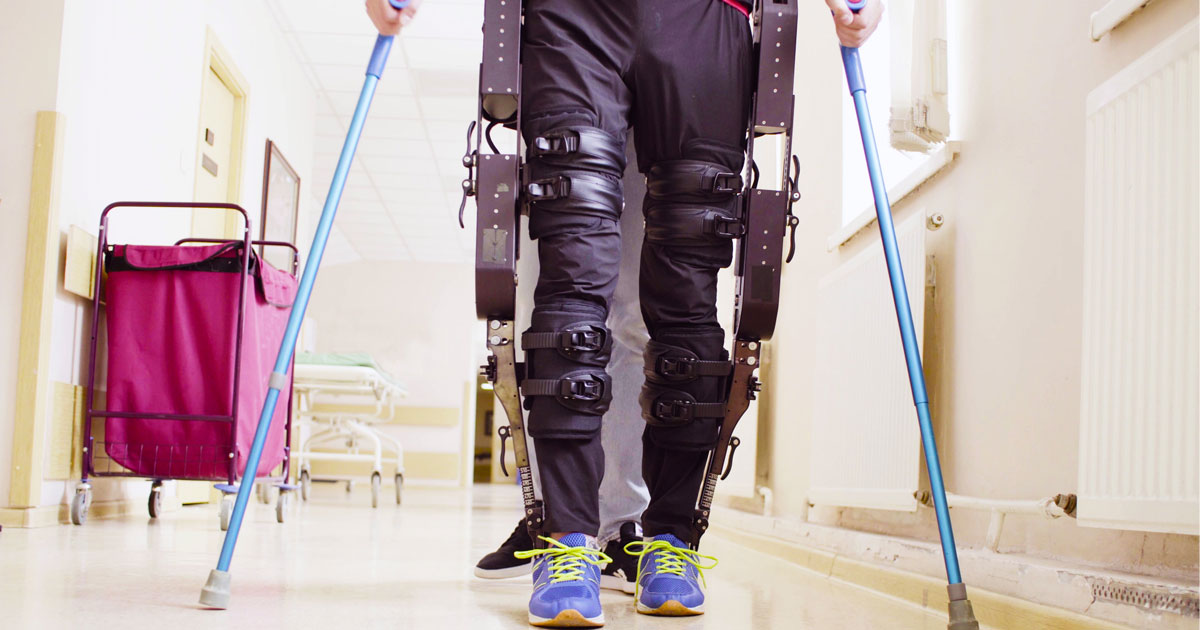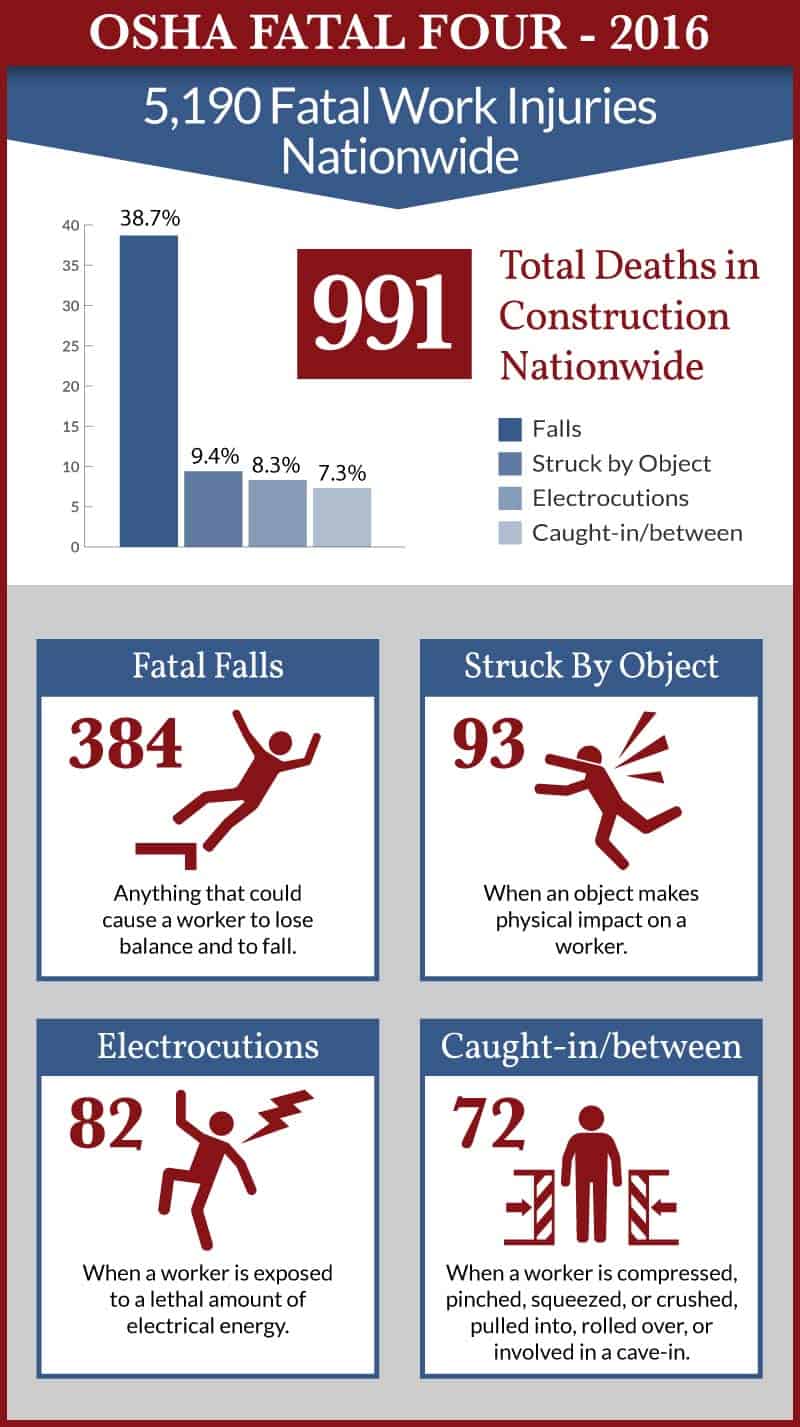Exoskeletons

Currently, there are only about 1,000 exoskeletons on job sites worldwide, but the numbers are skyrocketing. Some exoskeleton equipment is likely to become mandatory safety equipment within the next few years, as exoskeletons prevent injuries. Insurance companies are increasingly enamored of exoskeleton technology for reasons pertaining to their industry; the widespread use of these devices should reduce claims, especially those involving disability and Workers’ Compensation lawsuits.
What are Exoskeletons?
Exoskeletons are wearable devices providing worker assistance. Most of these devices focus on aiding and protecting the back, hands, or shoulder. Full-body exoskeletons are also available. While other types of wearable devices might off protection, exoskeletons also assist the worker in their job. For example, an exoskeleton glove might not only show worker where a particular item is located, but the glove helps the employee reach and grasp the item in question.
Reducing Time Off Work
When a worker is injured on the job, they might return to work sooner if an exoskeleton is supplied. Under normal circumstances, the worker would not have recovered sufficiently to resume their activities, but the exoskeleton provides support and assistance until healing is complete. The use of exoskeletons may allow older workers to keep performing at a higher level. However, the downside to this is that the performance of repetitive tasks prior to full recovery can exacerbate certain injuries.
Repetitive versus Single Injuries
Workers’ Compensation cases tend to fall into two categories. The first is a single, major injury, such as falling off a construction ladder that puts the employee in the hospital. The second category occurs more often, but involves the daily, repetitive tasks that can break the body down over time. Those working in the following fields are especially vulnerable to repetitive injuries:
- Factories
- Nursing
- Painting
- Warehouses
- Welding
Keep in mind that an exoskeleton device is not doing the employee’s work for them. Instead, it augments their performance and prevents the body from experiencing too much stress. A person wearing a shoulder exoskeleton, for example, can keep their arms in an upward position while working overhead, and the force needed to keep the arms extended is greatly reduced.
Exoskeleton Risks
As with all technology, exoskeleton use could lead to unforeseen consequences. It is possible that a device redirecting the body over the long term could lead to soft tissue stress in other parts of the body. It is certainly conceivable that the use of an exoskeleton, which transfers energy from one body part to another, could also transfer physical issues related to the work from one body part to another.
Bucks County Workers’ Compensation Lawyers at Freedman & Lorry, P.C. Advocate for Injured Workers
If you were injured while on the job, you need the services of the experienced Bucks County Workers’ Compensation lawyers at Freedman & Lorry, P.C. Our dedicated team of attorneys will fight to ensure you receive the maximum compensation available to you. Call us at 888-999-1962 today to schedule a free consultation or contact us online. Located in Philadelphia, Cherry Hill, New Jersey, and Pinehurst, North Carolina, we serve clients throughout Pennsylvania.
